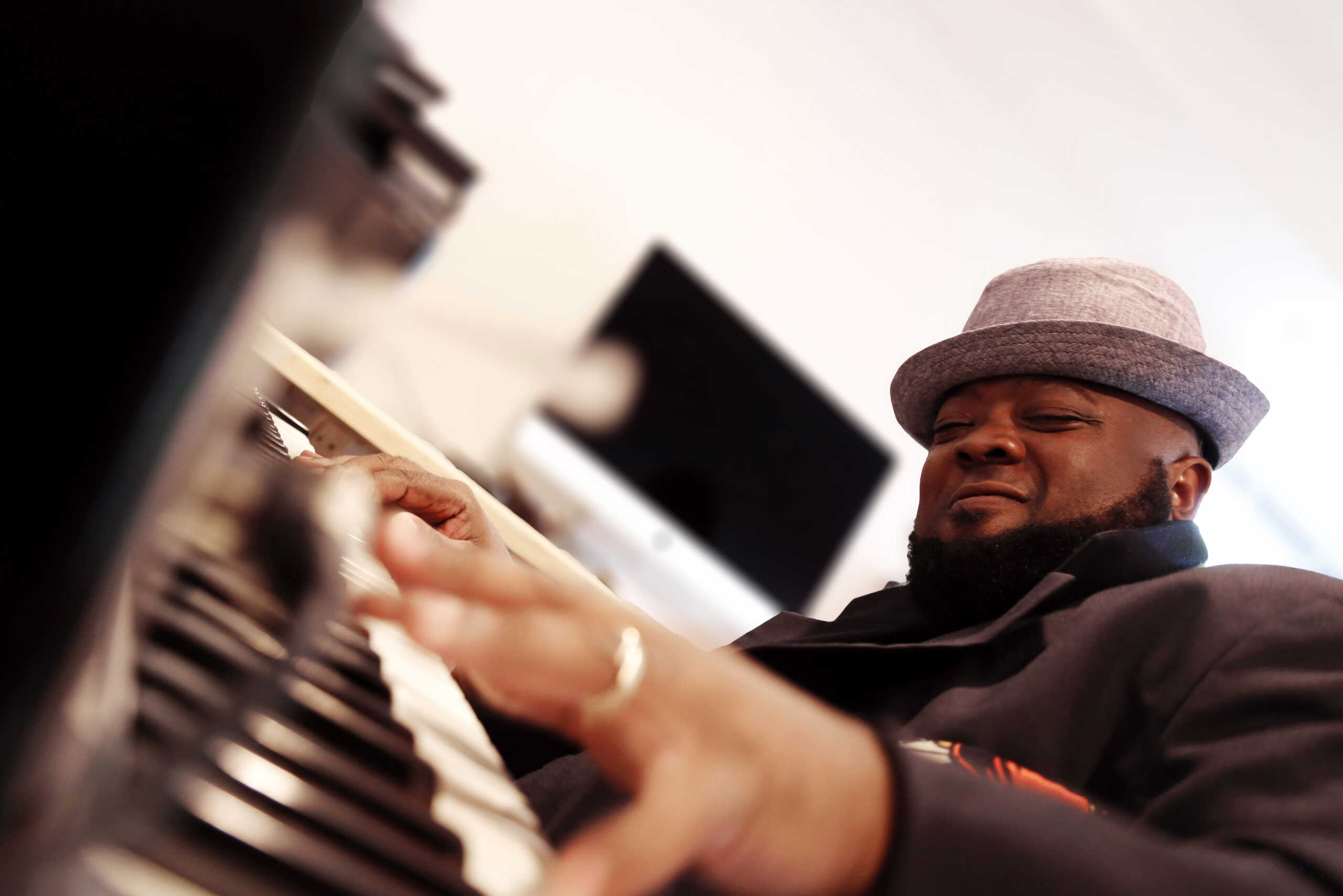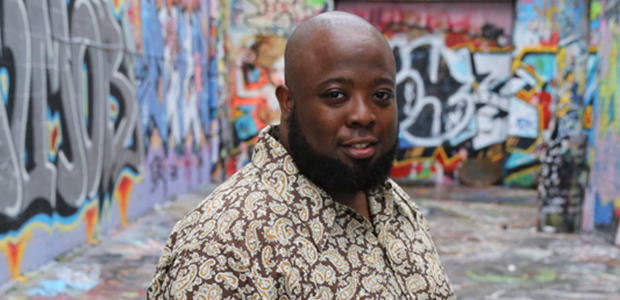Blog

Meet Our Artists: Scott Patterson

Young Audiences’ roster of artists continues to grow to encompass new artists, ensembles, and art forms, from slam poets to improvisers to Capoeira masters. We’ll be regularly posting interviews with our artists, giving them a chance to share more about themselves and their experiences bringing their Young Audiences programs to schools.
How did you first hear about Young Audiences? What made you decide to become a roster artist?
A colleague told me about the Arts Education in Maryland Schools (AEMS) Alliance, and I found information about Young Audiences on the AEMS website. My reasons for deciding to become a roster artist are twofold. First, I have fond memories of the school assemblies I attended as a child. Whether the assembly was about public safety or a performance, the message always stuck with me. Assemblies were presented as something special, a time to get out of the classroom and see information presented in a fun and interesting way. It is my hope that Outer Space Improvisations leaves the same kind of positive impression on students as the assemblies I attended as a child. Second, I place a high value on professional development, and when I learned about the Teaching Artist Institute (TAI), I realized that Young Audiences does too.
How does your art form help connect students to what they are learning in school?
When composing music I utilize basic math concepts. Additionally, I rely on my skills as a writer to create song lyrics and devise hypotheses. As I experiment with new sounds, I recall historical events and scan my current environment for inspiration.
Through music, I encourage students to see the convergence of academic disciplines, rather than single out one in particular. In using improvisation activities, I invite students to pull from what they know about math, literature, science, and history to create something entirely new and unique.

We love your concept of connecting live, improvisational music with the theme of space exploration. Can you tell us more about your program “Outer Space Improvisations”?
“Outer Space Improvisations” is a program designed to stoke students’ imaginations. The students and I take a musical space journey, leaving our day-to-day existence on Earth to travel to far and distant places, both charted and uncharted. It is the uncharted place that most excites me because students have to use their imagination to create what these places look, feel, sound, taste, and smell like; this is where the improvisational aspect of the program comes into play.
Through sound design, I welcome students into the performance with the sounds of space. When I play, students are immersed in original space-themed compositions inspired by composers and musicians like Beethoven, Franz Liszt, Earth, Wind & Fire, Led Zeppelin, Jimi Hendrix, and Thundercat. Facts about space are woven into the program to deepen their intergalactic experience, and improvisation activities connect students to the infiniteness of their imagination.
How do the lessons/skills you teach students about or through your art form apply to and affect their everyday life outside of the classroom?
An important aspect of my work as a composer is improvisation; however, it is through my imagination that I can improvise. The ability to create something that has never existed before is an essential skill that all people must have. Without it, the ability to solve the simple and complex problems that pop up in everyday life would be impossible.
It is important to me that students feel confident in their capacity to think through and learn how to present a new idea. The problems children are solving today and those they will address in the future require a strong imagination, critical thinking, and courage.

Why do you believe it is important for every student to have access to the arts?
I am committed to arts education. It was through the arts that I learned how to improvise, communicate, and imagine. The arts education I received as a child helped shape the person I am today. Seeing that I had a passion for music, my parents enrolled me in arts programs. In high school, I attended a performing arts magnet program where I had the opportunity to interact daily with teaching artists. They challenged me to think creatively and critically about how to contribute to the world around me through my art.
What is the most rewarding aspect of becoming a Young Audiences roster artist?
Performing in front of students who at first don’t know what to expect when they see me, and then seeing the impact my music has on them as their imaginations light up is exciting. I believe the ability to use imagination, to see beyond one’s circumstance or everyday reality is not a privilege, but a necessity. To see students grasp this concept, and then watch them use it to do something that has never been done before is my greatest joy.
Learn more about Scott Patterson’s assembly “Outer Space Improvisations”








